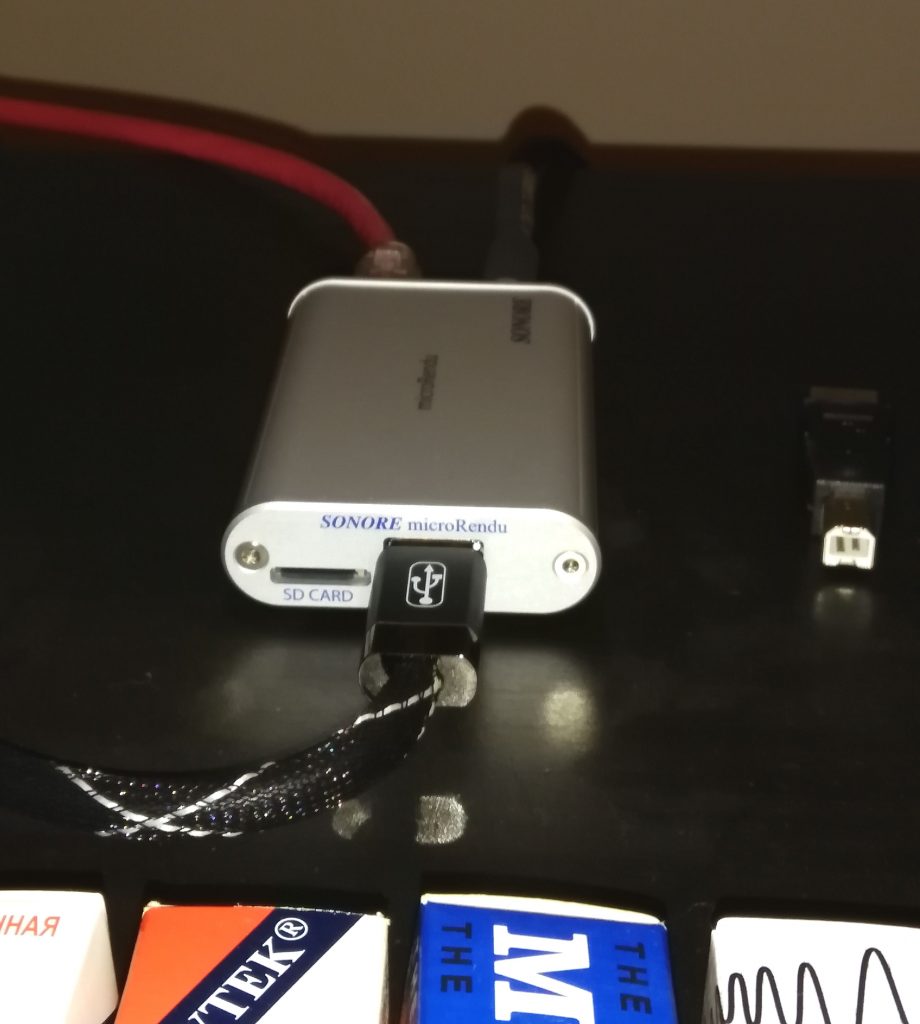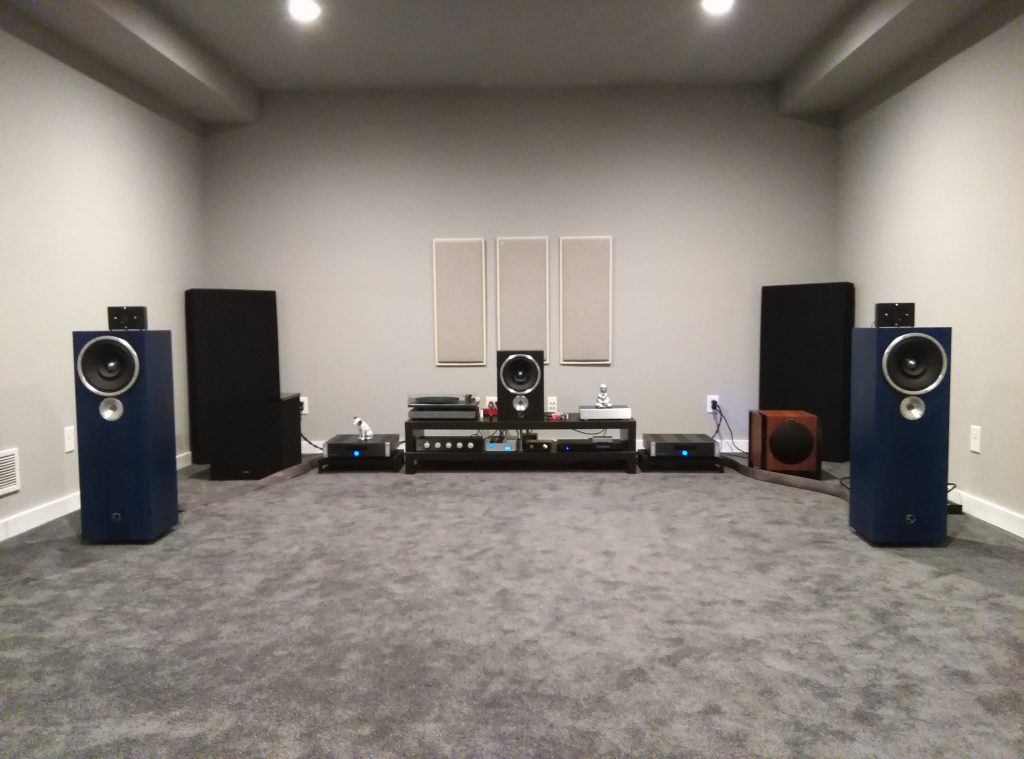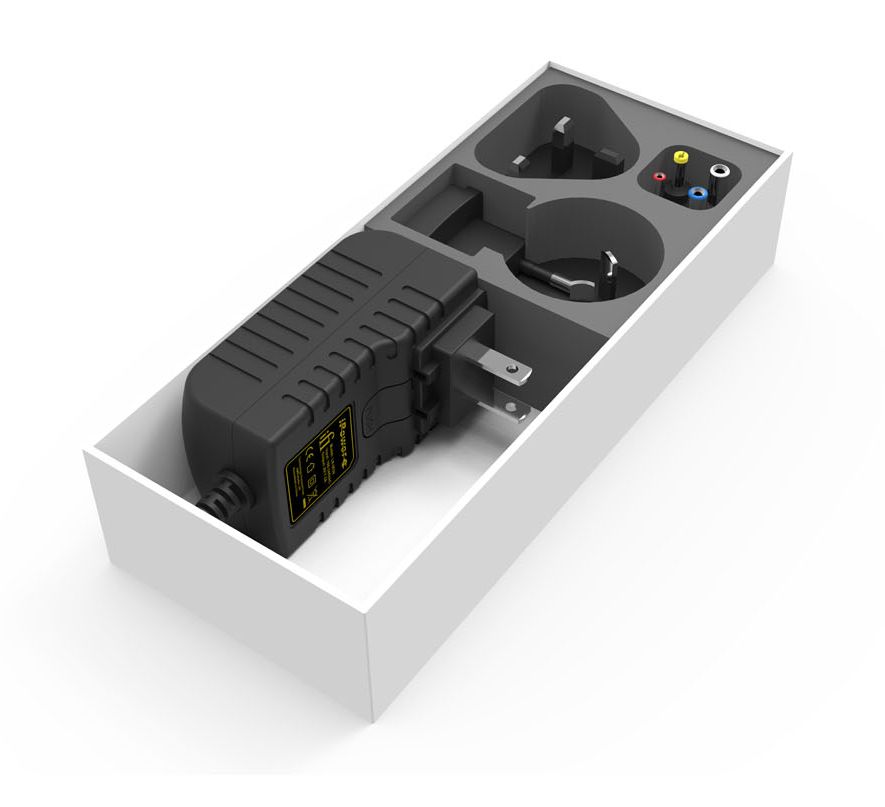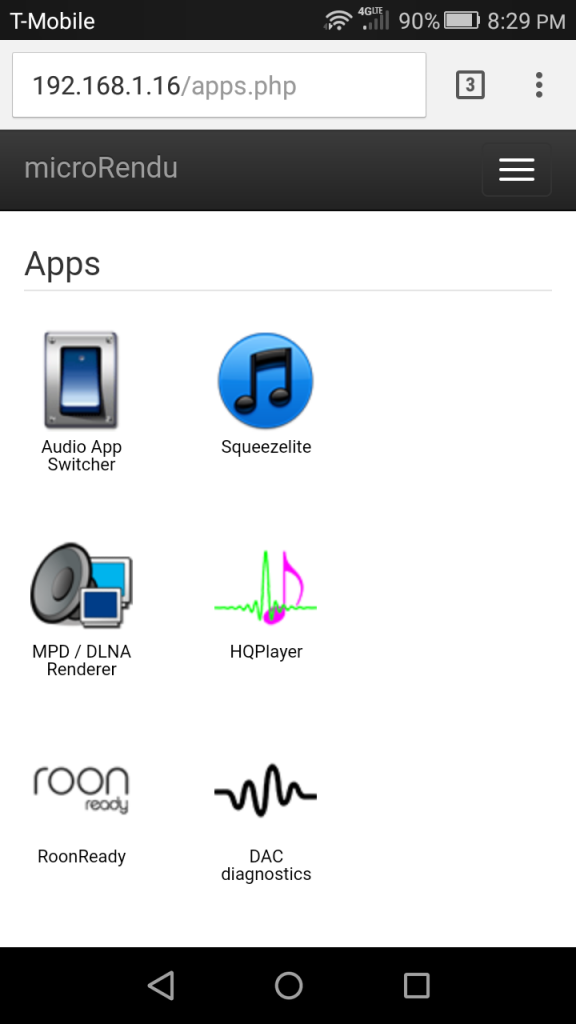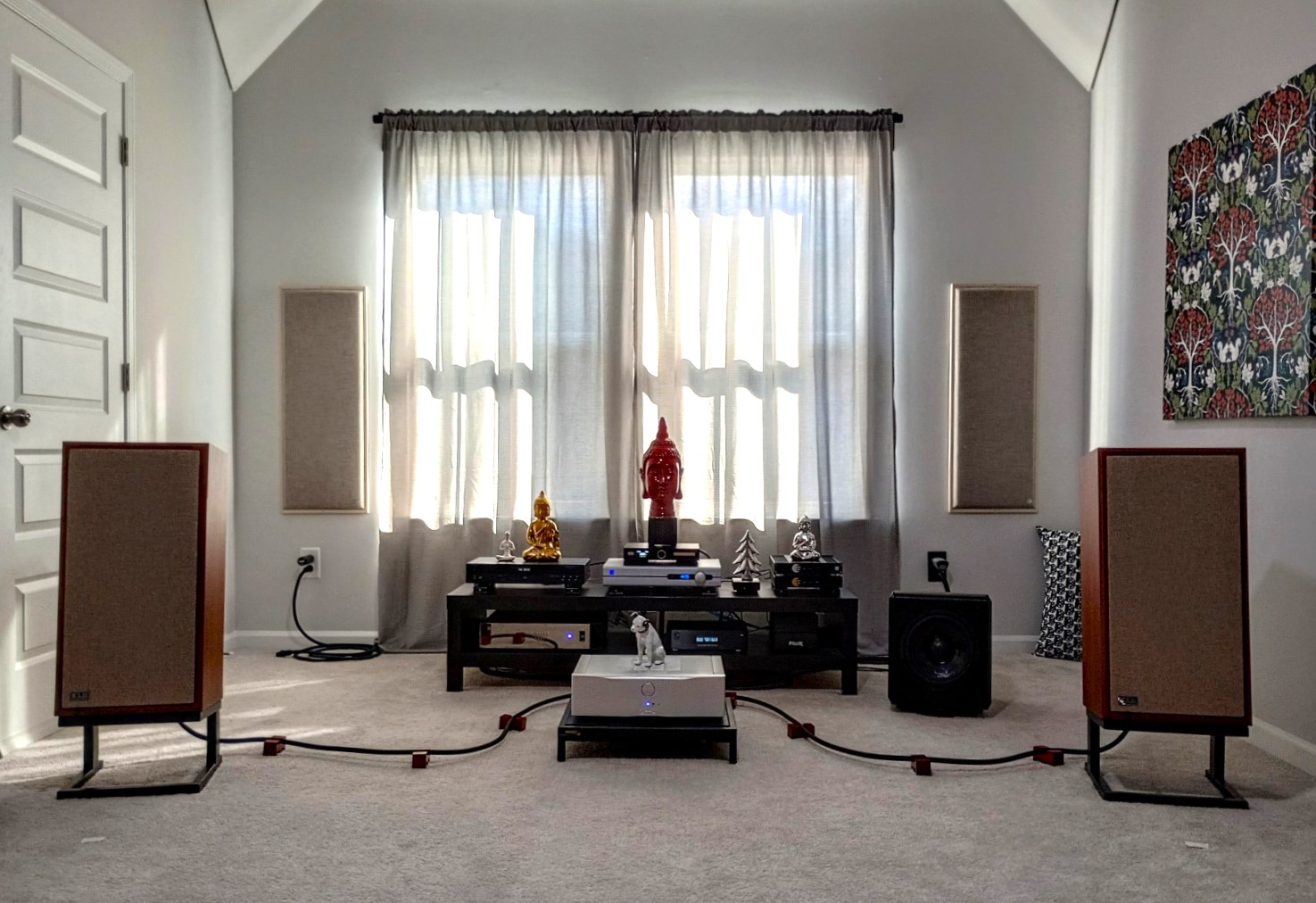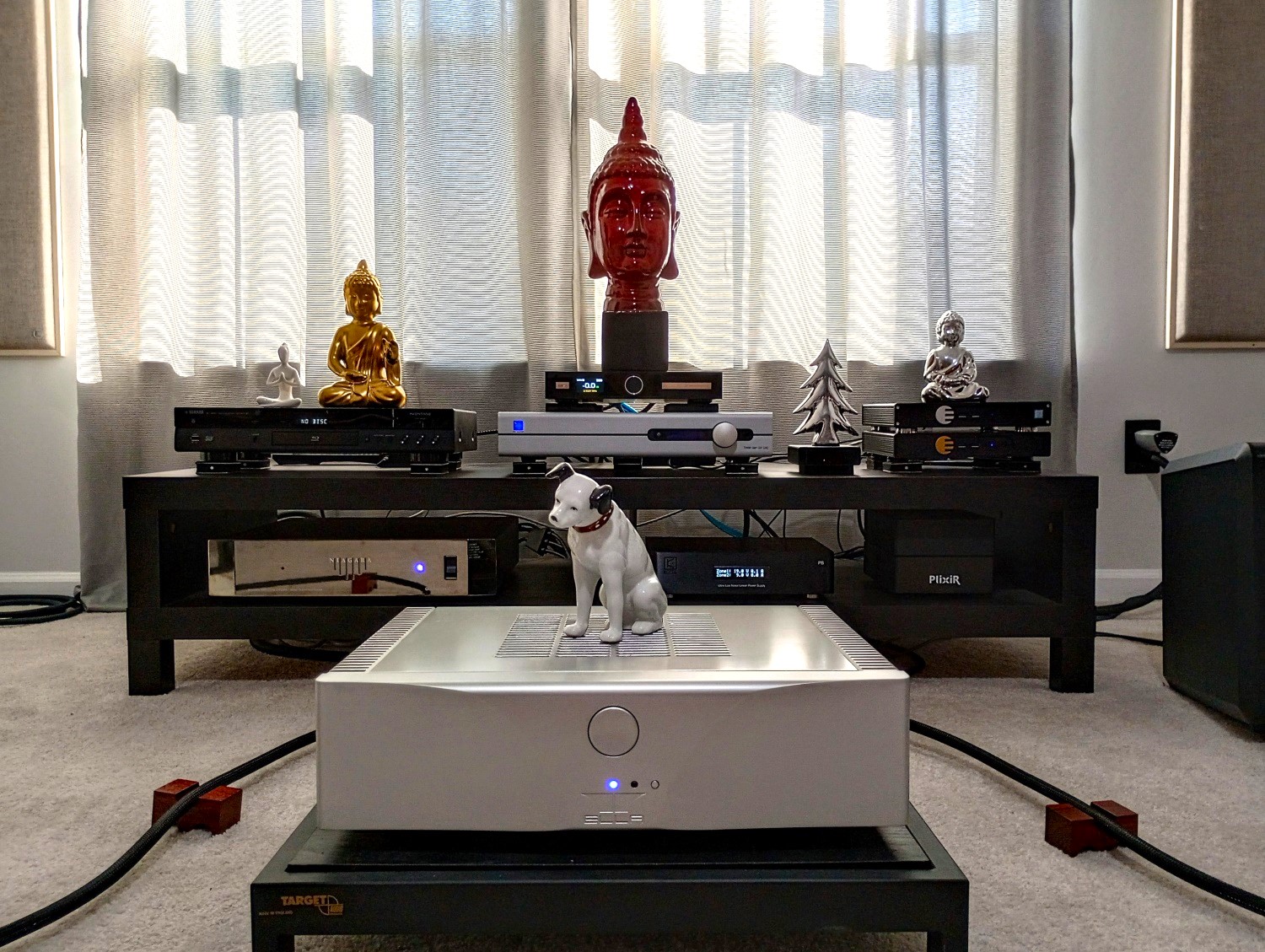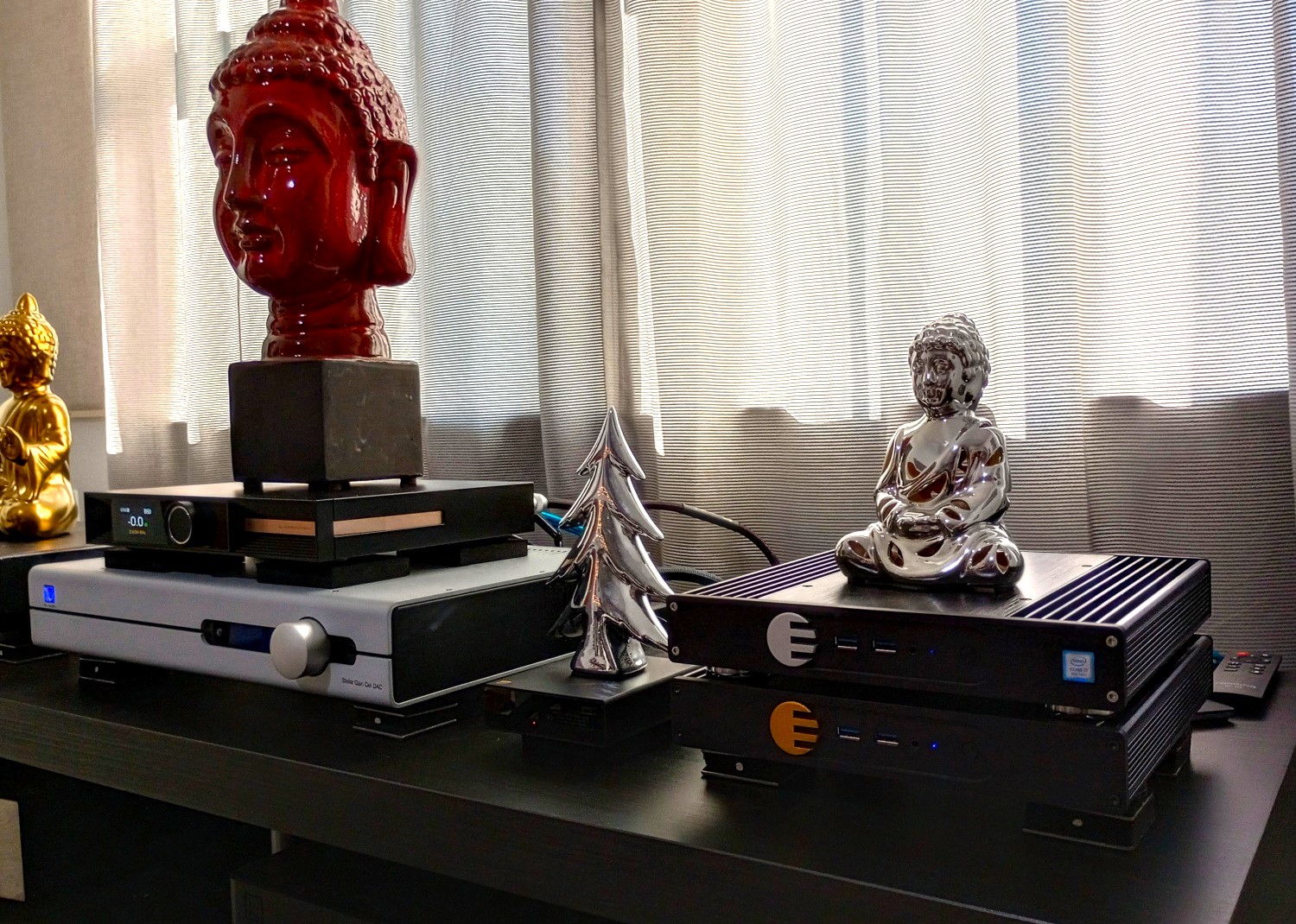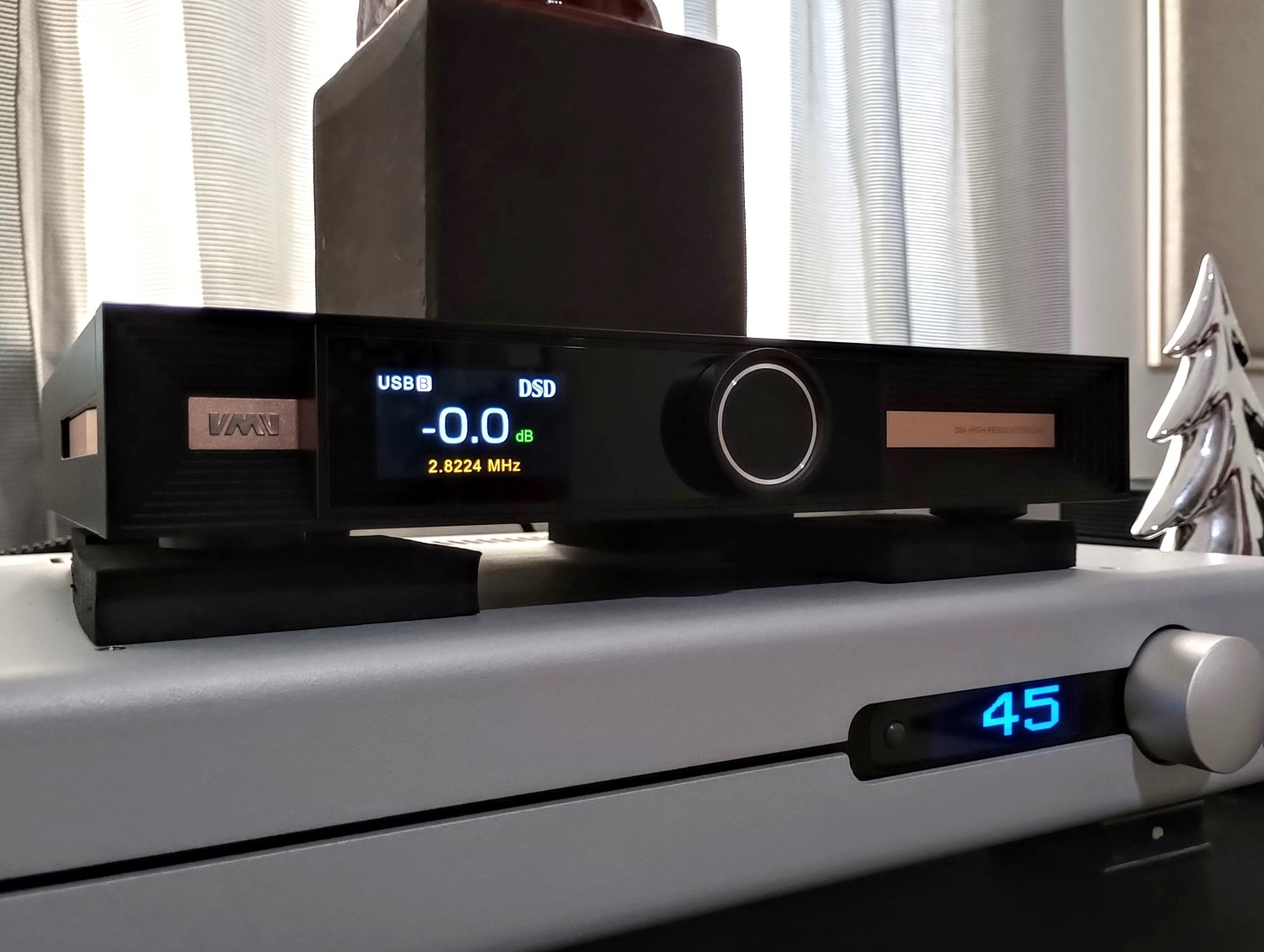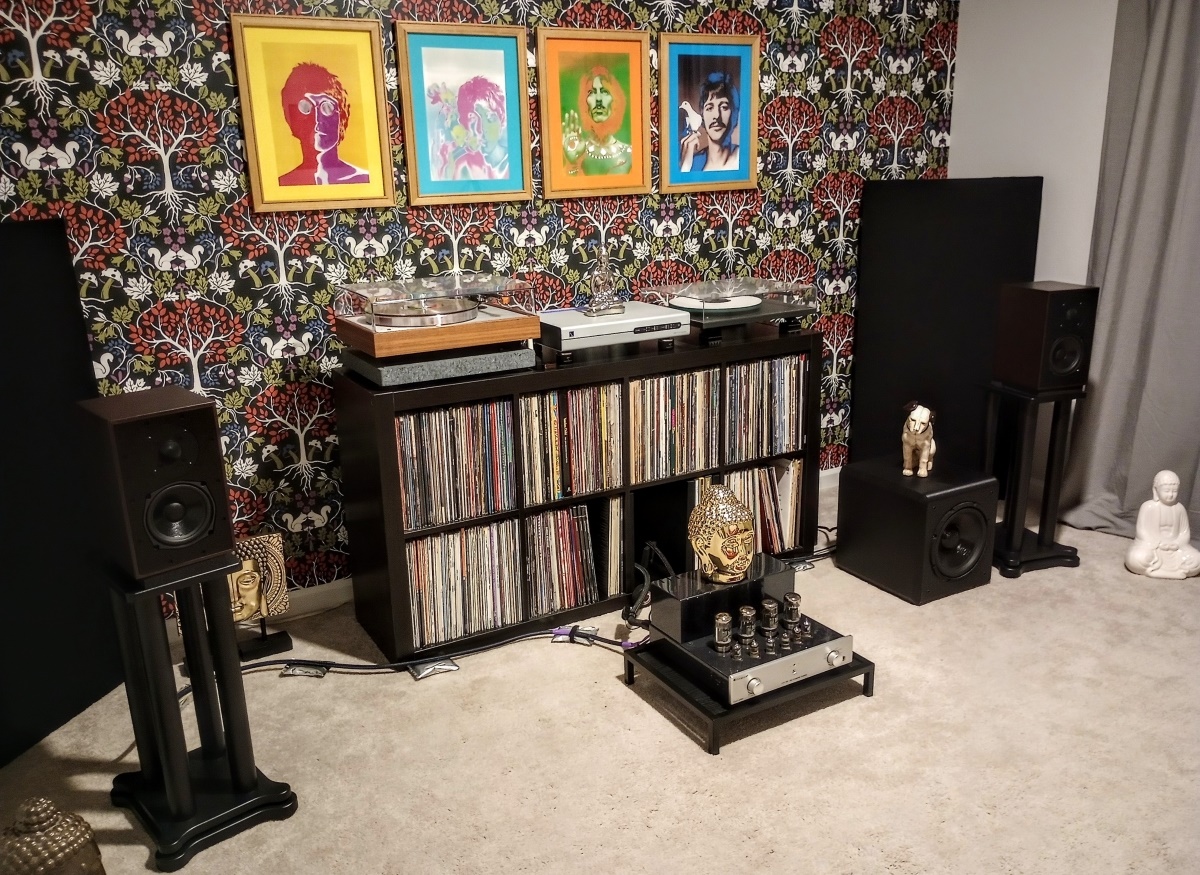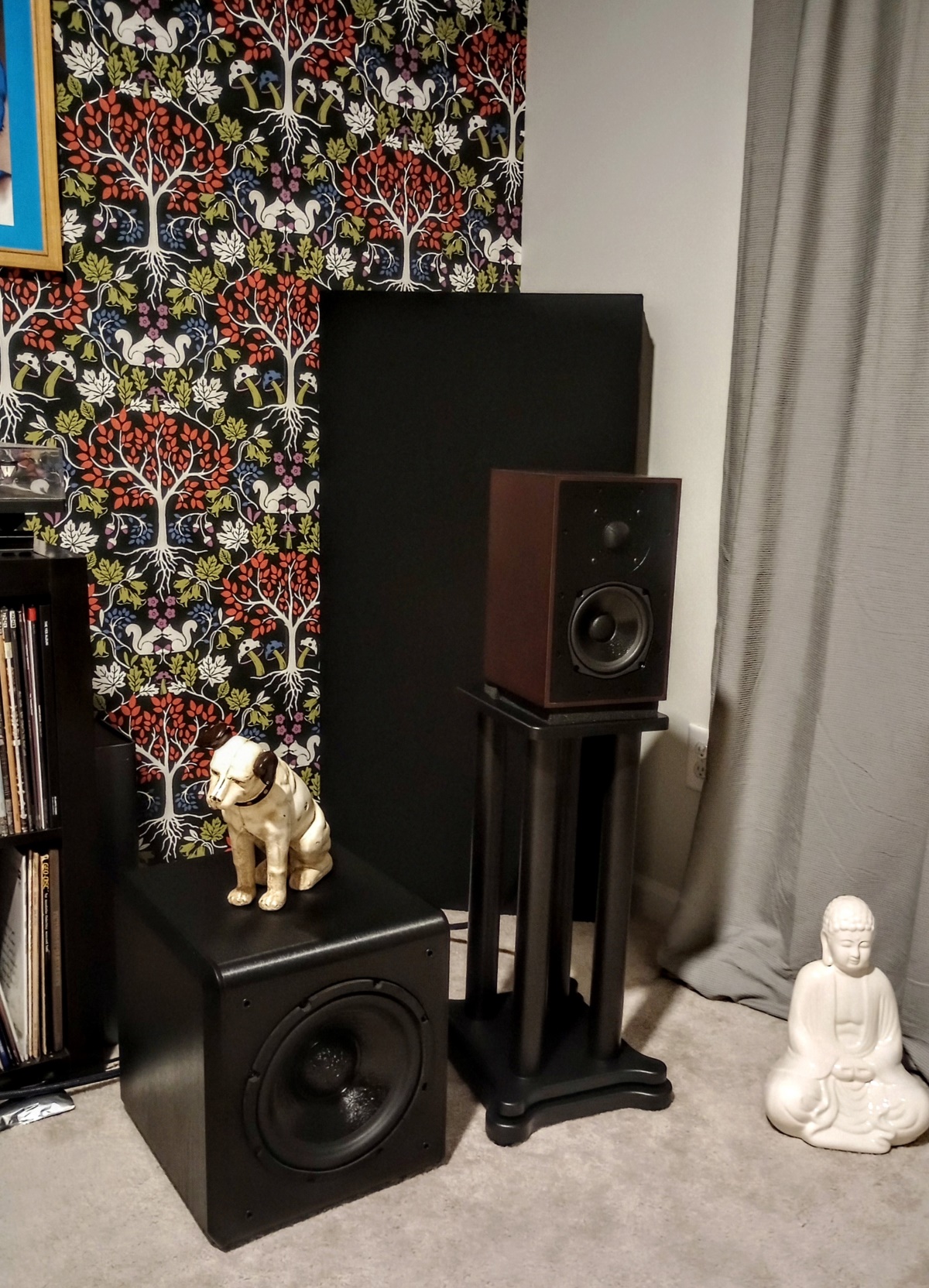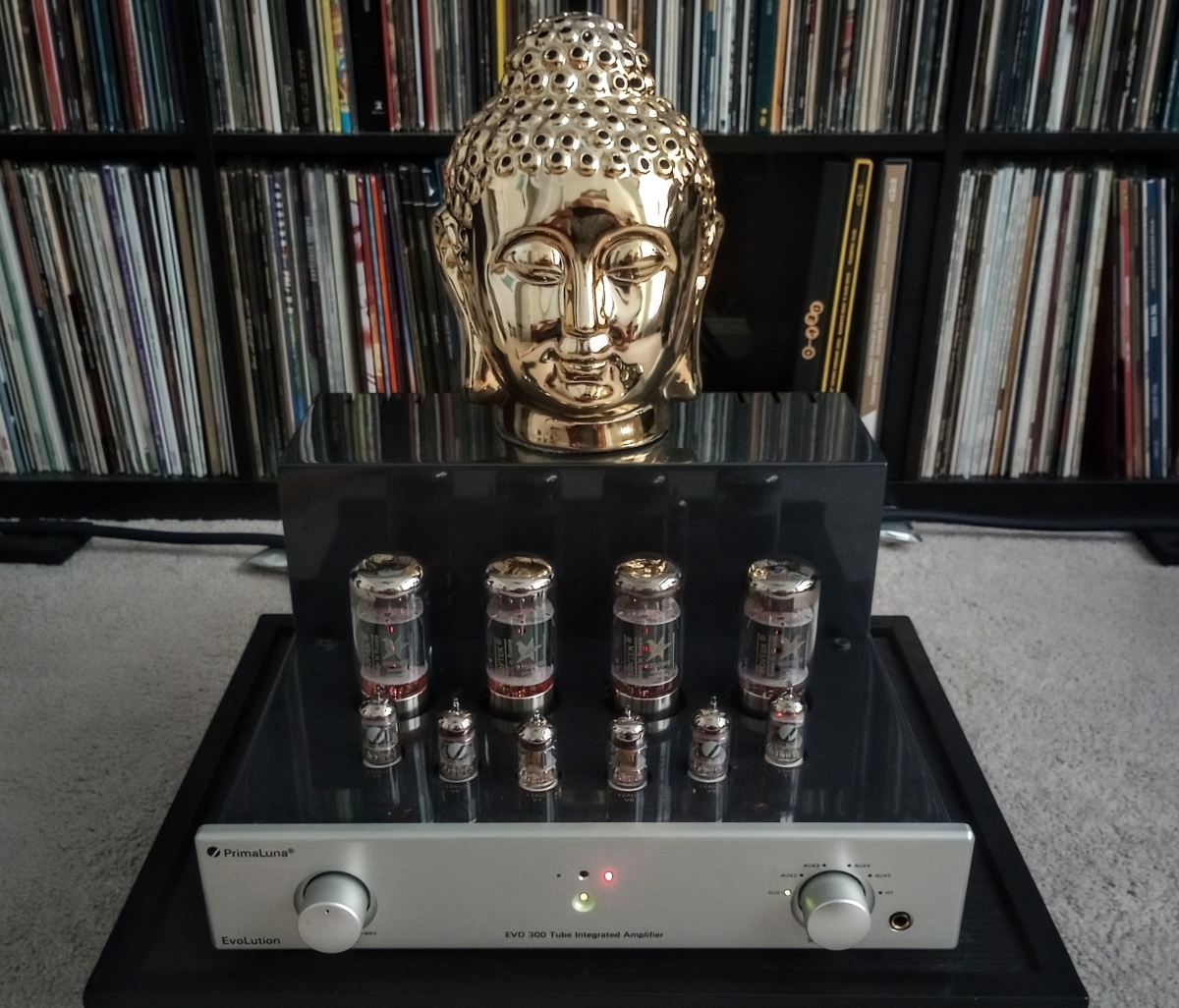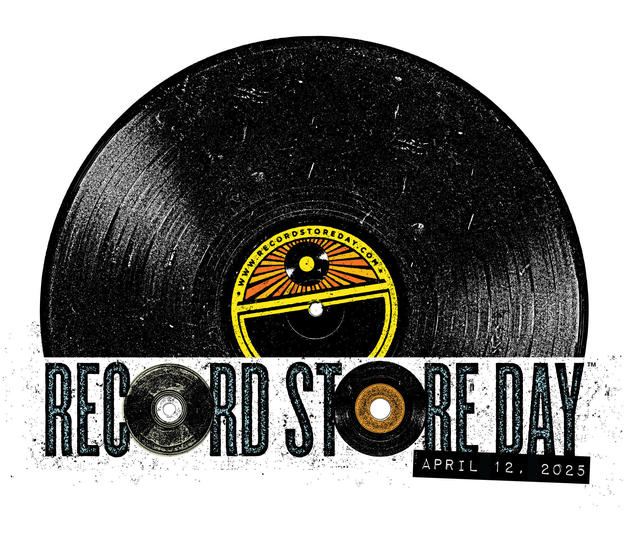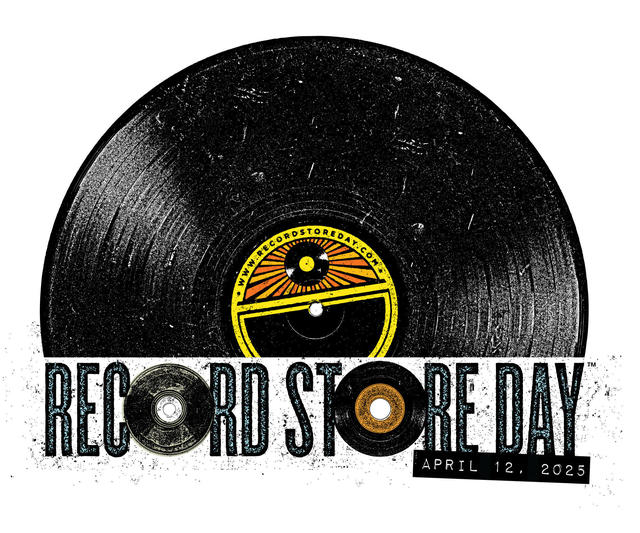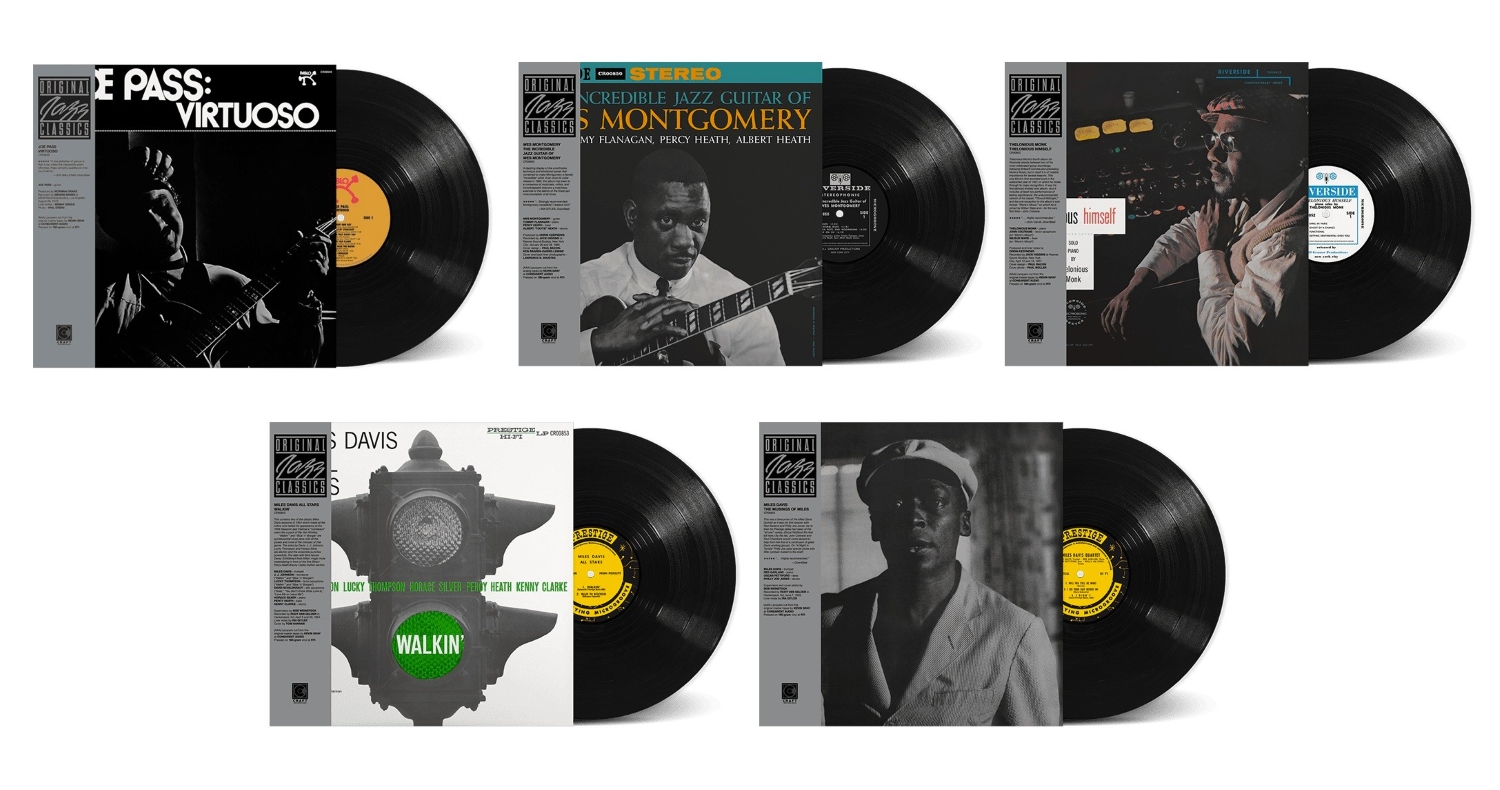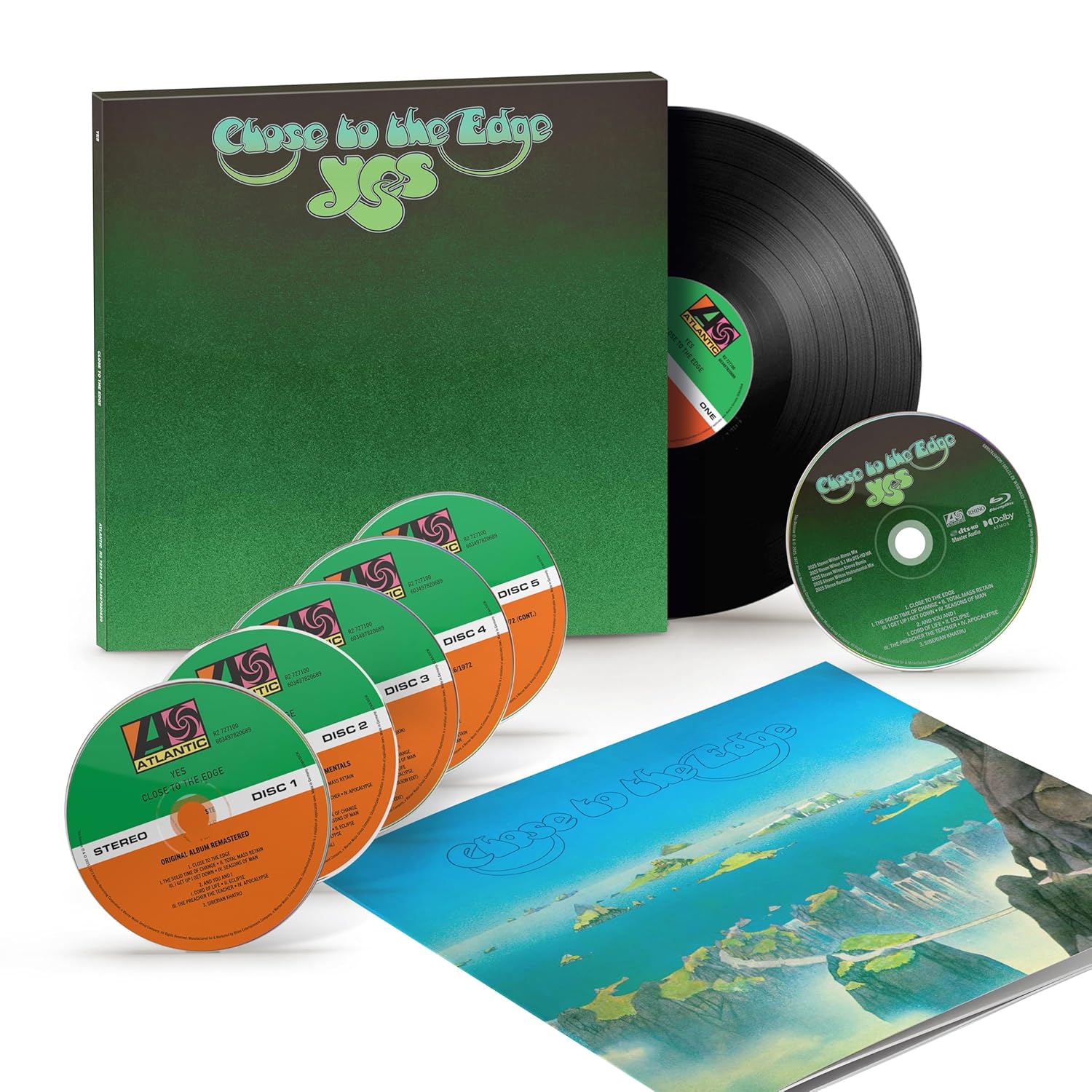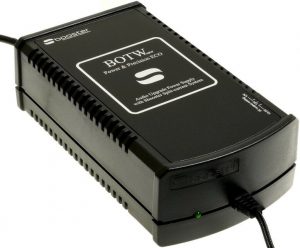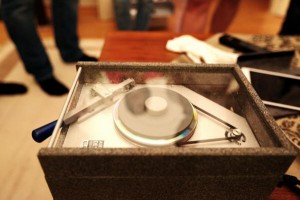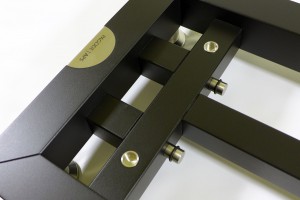The focus of this review is to contrast the Sonore microRendu and Signature Series linear power supply with affordable power supplies from Channel Islands Audio and iFi Audio, in a Roon-based headless environment. But before we get into that, a brief summation of the recent past: from the point when I first came in contact with Adrian Lebena at Sonore regarding the microRendu, it was August of last year, and the microRendu was all the rage everywhere. For those of you who might not be familiar, the microRendu is actually a very powerful microcomputer, and is smaller than many personal portables—it would easily fit in your shirt pocket. It contains an SD card that provides the Linux operating system that controls the device, and the only inputs are for an Ethernet connection and a power source. The only output is a standard USB-A type, for connection to your digital-to-analog converter. The microRendu allows you to stream music over your network from an attached storage device (in my case, a NAS), using your choice of music library management software to feed your digital files to your DAC. It couldn't be any less complex, and the design goal of removing your noisy computer from the playback chain is easily accomplished.
Adrian and I mutually agreed a review on PF was a great idea, but with Sonore's current production run of microRendu's having recently sold out, a review unit probably would not be available for an extended period of time, which actually worked great for me. My current circumstances were that I was building a new home, and still living in my brother's basement (that we lovingly referred to as the Dungeon), with only a rudimentary headphone and computer-based audio setup going. And the timeline for getting into the new house was getting less clear with each passing day. So, no worries, no pressure, no stress, right?
Of course, the review unit showed up less than ten days later (bundled with iFi's $49 USD iPower ultra low noise supply), leaving me to do lots of necessary backpedaling and explaining, regarding my ongoing personal situation and its relationship to the proposed timeline for the upcoming review. Adrian was very cool about all this, and it did give me ample time to reach out to Channel Islands Audio with regard to getting a top-notch (and reasonably priced) linear power supply they were currently developing that would work in perfect harmony with the microRendu (according to Adrian). Dusty Vawter at CIA let me know that they had a couple of prototypes for the new linear power supply, and that with a minor voltage adjustment, it would essentially replicate the production model that was being prepared, only with a generic faceplate. The power supply would have an estimated MSRP of about $300 USD. I thanked him profusely, and the power supply arrived in September.
So everything basically sat around in boxes until mid-December, with delay after lengthy delay from the builder pushing things back at every turn. When it finally became apparent that we might actually move in in early January, I took the plunge and arranged for a trial of the Roon music server software, and then hooked up the microRendu and the iFi power supply to the small system in the Dungeon. By this point, I had acquired a QNAP NAS, with an additional solid state drive attached (for storage of Roon's Core), and had ported over all my music files in anticipation of the move actually occurring. I then began playing about with the entire setup to get a good working grasp of how both Roon and the microRendu functioned; you can read about that experience and more in-depth information on the NAS setup procedure HERE. I copied the folks at Roon Labs on that posting, and Rob Darling responded with a very generous offer of a seven-month extension of my Roon trial to aid with the review process. Within a month, we were moved in with most everything unpacked and set up, and with the new listening room in progress.
My new room (setup is still ongoing!) is much larger than my previous space; it measures about 15.5 feet x 26.5 feet with a 9 foot ceiling height—it's almost double the volume of my earlier space of twenty-plus years. Not cavernous by any stretch of the imagination, but nonetheless, it's taken some effort to tame an insidious slap echo; I played with speaker placement and room treatments for weeks before I was halfway satisfied with the results. And the ongoing demands of being a working stiff, along with trying to help the wife with the continued setup, decorating, and landscaping associated with being a new homeowner has left me with precious little time to try and get everything arranged as I'd like it in the listening space. It just takes a lot of time!
The room was designed to come as close as my budget would allow to matching the Cardas Golden dimensions; it's not mathematically spot-on (no thanks to my builder, who screwed things up at every turn), but is closer than anything I'm likely to own in my lifetime. I decided to err on the side of a larger room that was lacking a bit in ceiling height versus going with a mathematically correct but much smaller room. I had electrical power for all equipment set up on independent circuits, with separate dedicated circuits for amplifiers and sources. And all the remaining outlets and lighting in the room is placed on the opposite power rail of the breaker box so as to create as quiet an electrical environment as possible within. I also located all computer and network equipment in an adjacent room to eliminate any computer and RF-based noise within the stereo system. The entire house is wired with Belden CAT 6 cable, but the listening room network connections are wired with Belden CAT 6A cable. All patch cables are Belden CAT 6A from Blue Jeans Cable. All lighting is LED, and dimming is via Lutron ELV, and is completely noiseless.
During my initial explorations into the microRendu while still in the Dungeon, I only used the iFi iPower device to provide power for the mR. Although its rated to deliver nine volts, and microRendu's ideal power supply is seven volts, Adrian assured me that the mR would perform ideally with the slightly higher voltage rating, if perhaps running a bit hotter. It served admirably, and the packaging for the iPower offers connection options for just about any audio (or other) device you own that's powered by some sort of wall-wart supply. It's without a doubt the finest device of it's type I've ever encountered, and while the mR sounded great via the iFi iPower, it begged for cleaner and more stable power. I don't want to understate the value of the iFi iPower—I've got numerous ancillary devices that use wall-wart power supplies, and replacing them with the iFi unit always resulted with improved performance and much cleaner sound. It's currently powering my Rolls Bellari VP-129 tube phono preamplifier that's attached to my Rega P2 table, and the improvement in sound is dramatic, to say the least. I plan on replacing every wall-wart based device I own with one of these, and pronto! But now that we're in the intended evaluation environment, I connected the Channel Islands Audio VDC 7 Mk. II prototype linear power supply, which immediately offered a clear improvement over the iFi unit.
In my previous system setup at the old place, I used a JPLAY/Fidelizer software combo on my PC, along with MinimServer for management of my music library. Prior to that, I'd been using JRiver Media Center, and still had JRMC 21 loaded on the PC. MinimServer, Bubble DS and Linn Kazoo—and many of the other software packages that can easily be used with the microRendu—are based on the OpenHome architecture, which allows for substantial modifications and integration into your particular system. I had many of the parts that Adrian recommended already present in my system, with a reasonably good working knowledge of just about everything. And I'd been using Roon for about a month, so I was very interested to hear how everything would sound on the big system in the new room.
With the microRendu and Roon, it's essentially as easy as point and play—you select Roon as your output mode, and then Roon finds your library and the mR, and the music plays, and effortlessly. Roon is a very powerful software suite that will manage every aspect of your music collection, in addition to offering you the opportunity to manage your subscriptions to Tidal and Qobuz. And the sound quality is superb, even if the software is perhaps a little too intrusive on the overall experience for my personal tastes. I really just want to access the music easily, and in a logical (for me) manner that allows me to locate the files I want to play with a minimum of fuss or effort. If you're wowed by intense graphics, artist backstories, and access to an absolute goldmine of metadata with constantly running 24/7/365 management, Roon just might be your piece of cake.

Having expressed my lack of enthusiasm for certain aspects of Roon in an email to Adrian, he suggested using MinimServer in combination with Bubble, and waxed poetically with regard to the results he and Jesus had been getting with MinimServer and the mR. This really stoked my approach to the setup, because I'd been using MinimServer and Bubble with JPLAY for about a year now, and found the results to be generally excellent and effortless. I really like Bubble's user interface, and with MinimServer your files are organized according to your preferences, and are easily customizable to your personal tastes. The Bubble interface also allows a certain level of customization to tailor the appearance to your liking.

There was a slight learning curve, though; if you read the earlier piece I linked to, you'll know that with my QNAP NAS setup on my network, it took a bit of effort on my part to get a handle on how MinimServer interfaces with the NAS and with the microRendu. Looking back, it's so clear to me now that the obvious had totally eluded me. While the mR is a very powerful processing device, my take on the overall thought process involved is one of low-powered simplicity, and by taking advantage of the simplified operating system of the mR and the minimal demands of MinimServer, you can experience truly breathtaking sound quality. And right out of the gate, everything was nothing short of superb, with digital files running the gamut from uncompressed CD-quality FLACS to 2x DSD files. And as is my natural tendency, I'd often opt for test music that pushed boundaries in terms of bravado, performance, and of course, SPLs!
Here's where over-thinking things got me into a bit of trouble with the setup—the NAS came with MinimServer already available onboard, all I had to do was install it. And after I got beyond my misunderstanding of how your control point (Bubble DS) sees and interfaces with the library management software (MinimServer), I then started thinking that the version of MinimServer installed on the NAS offered me no way of controlling its operational variables. A bit of investigation over on the MinimServer site led me to install MinimWatch, which allows control of multiple instances on MinimServer on your network. And of course, once I was able to access the multitude of options available on the NAS version, I basically replicated the setup of the version running on my PC. Makes perfect sense, right?
Wrong.
My PC version of MinimServer employs the setup which calls for the installation of the MinimStreamer package, which allows you to transcode all your files to WAV for easier processing on your audio network, while preserving the default sample rate of the file. The transcoding setup requires you to set parameters for FLACs, DSF and DFF (both DSD variants), etc., which will seamlessly stream your music across your network. It has been working flawlessly in combination with JPLAY forever, and the indicator lights on the PS Audio NuWave DSD do indeed confirm that the transcoded files replay properly. What I was not clear on with regard to the microRendu, is that it natively performs all the transcoding internally—you don't need to install MinimStreamer or any of the transcode information as part of your MinimServer setup.
And after making these changes to the NAS version of MinimServer, by happenstance, I only played CD-based files of mostly rock, prog rock and jazz for about a week. Which was not made apparent by the transcoding process (or had no impact on it)—ignorance is bliss, right? So on this particular day, I go to play a DSD file, and depending on the provenance of the file, I get one of two results: it will only play in PCM, or it won't play at all! What the hell! This starts about a two-week period of non-stop email chains between Adrian, Jesus, and myself, and between the three of us, we explore every option known to man in an attempt to get to the root of the problem. At some point, I mention that I'd installed MinimWatch to have more control over the NAS version of MinimServer, and Jesus came up with the silver bullet—if I had installed MinimStreamer and the transcode information, that would definitely create a conflict. Uninstalling and reinstalling MinimServer on the NAS minus the transcoding—problem solved!
Adrian, at this point, offered me Sonore's Signature power supply, raving about the difference it makes in playback—for once, I caved in, even though at $1399 USD it's totally out of my stratosphere financially and goes against the grain of my audio modus operandi. I figured, in the new digs, it'll never get this good ever again—and with the blessings of the PF management, I decided what the heck! It showed up in a couple of days—the Signature power supply is massive; the case it comes built into is almost the size of a standard audio component—it's easily six times the size of the Channel Islands Audio supply it replaced. Equipped with a custom Cardas cable to feed the microRendu, the heft, feel, and appearance of the Signature supply is massively impressive and it totally dwarfs the diminutive mR sitting alongside. About this time, I decided that I really needed to knuckle down and start listening critically to higher quality files to help not only in the evaluation of both pieces, but also to push the review along at a faster pace.
And here, again, the wheels almost came off!
DSD files have tremendous dynamic range, and require a significant boost in volume to match the levels present even on well-recorded, natural-sounding CD-based files. On my Luminous Audio Axiom passive preamp, a typical listening level with a CD-based file is around 10 o'clock on the dial, but with DSD, it could be as high as 2 o'clock to achieve the same ultimate volume level. My speakers are Zu Audio Omens, with a 95dB SPL for a one watt input, so it doesn't take much in terms of wattage from my Emotiva XPA-1L 35-watt Class A mono amplifiers to drive them to ear-splittingly realistic levels with CD-based files. The new room is exceptionally quiet, with all the equipment operating in balanced mode—and here's where the problem appeared.
Listening to a DSD download of Reference Recordings' Rachmaninoff Symphonic Dances with Eiji Oue, I noticed a buzz in the background that I hadn't picked up on beforehand. Of course, for most of the time leading up to this point, I'd been listening to a lot of the sort of music that really doesn't lend itself to critical evaluation situations, so it wouldn't have been totally obvious to me. However, suddenly, and as clear as day—here was this totally apparent buzz in the background.
Initially, I did just about everything I could possibly try in terms of switching out cabling, checking the proximity of interconnects to power cords, etc., leaving no stone unturned in attempting to get to the source of the buzz. No dice—it didn't seem to be a hardware- or cable-based issue on the surface. I then started changing up the file types I was playing to see if perhaps it was an aberration in the Reference Recordings file, and that was also puzzling—the buzz was always there on other DSD-based files, and better-recorded PCM files, but not as noticeable on most CD-quality files. One of my desert island discs is a digital file of Proprius Records 7770, Kor, which has never been released in any digital format, and only exists for the vast majority of the populace as an extremely hard-to-find LP. You can read about the hoops I jumped through to acquire my digital copy in my review of the now defunct HDLL classical music streaming service HERE. Kor is probably the best-sounding collection of choral music that exists, and the WAV files are among the finest sounding 16/44.1 files I've ever heard, period, easily besting many of the much higher resolution files in my collection. There's plenty of quiet spaces to be found in this uber-naturally and uber-realistically recorded music which is sheer perfection for equipment evaluation. And yes, the noise was still there, making Kor seem almost unlistenable. How in God's name am I supposed to decide whether the Sonore Signature power supply is making any difference at all, with all this racket?? At this point, I started swapping software sources to see if it made any difference.

And the strangest thing became apparent: first of all, I took the microRendu completely out of the system, and reverted to my JPLAY/Fidelizer setup—Kor poured forth in all its angelic glory. And that was using both Bubble DS and Linn Kazoo for control. OK, got that out of the way, so I reinserted the mR, then started switching between all the software and control variants, all with no change—the buzz was still there. But when I switched from MinimServer/Bubble/Kazoo back to Roon—the buzz went completely away! Now, with MinimServer in use in the JPLAY setup, I'd be hard-pressed to tell the difference musically between itself and Roon. I played with this for days on end, with no change in the scenario—Roon in: absolutely pristine silent backgrounds; Roon out: back to the buzz. I tried every possible variation with no change in the results.
I threw in the towel and emailed Adrian with the latest, and he was, to say the least, baffled. He got Jesus involved, and over the next couple of weeks, we tried every possible combination of hardware/software changes. At one point, I completely changed out all the cabling in the system, including Ethernet cabling. I even changed the tablet I was using for the control point on the off-chance that it might be causing the problem. Nope. Adrian also asked me to switch out the USB cable I was using (DH Labs Silver Sonic) with the very small USB A-to-USB B dongle that is supplied with the microRendu. On the Sonore website, they push using this device to essentially remove any USB cabling from the chain; using it made zero difference in what I was hearing. And from a practicality standpoint, it was exceptionally difficult to implement in my situation. My PS Audio NuWave DSD DAC is a half-rack component format, with all the connections crammed into a really tight space on the back. And even though the microRendu is a really small device, it's not exactly what I'd call featherweight—using the mR with the dongle was not exactly what I felt was a really secure connection, as the weight of the mR tended to want to pull the dongle out of the PS Audio USB socket. And it needed something underneath the unit lifting it to the approximate height of the position of the USB socket on the DAC to stabilize it—quite the trick in such tight quarters!
Ninety plus emails later, Adrian revealed to me that the microRendu unit that had been sent to me was one that had been making the rounds at the audio shows, including last year's RMAF. He decided to send me a new current production unit to see if it would replicate the problem, and it showed up in a few days. Of course, I placed Roon in the loop first just to guarantee the good results I'd been getting. Roon was letter-perfect, and I sat on the edge of my chair when I used my tablet to make the software change to MinimServer controlled by Bubble. Thank you Jesus (double entendre totally intended), it was also dead silent. I can't begin to express the relief from the "these guys probably think I'm an absolute crackpot" thoughts that had been dominating my brain throughout the prior couple of weeks. The sound now was absolute perfection, from any source, I mean, Jesus even had me listening through JRiver to see if the buzz I was hearing was also there, and, of course, it was. Now all was gloriously perfect.
They say that Silence is Golden, and it especially is when you're working to evaluate music files and source components. And it makes it so very easy to listen meaningfully when power supplies are being switched. The iFi iPower sounds really good and is a real bargain at $50 USD, and the microRendu is perfectly listenable at this price point for the vast majority of the music I tend to listen to, which is predominantly uncompressed rips of CDs. The Channel Islands Audio VDC7 MK.II offers a marked improvement in sound quality, and is a major bargain at only $329 USD for a solidly built, U.S. made linear power supply. But with the Sonore Reference, the noise floor drops to literally nothing. It's literally quite amazing how very easy it is to evaluate sounds when the damn-buzz-you-barely-noticed before but now can't-get-it-out-of-your-head is completely gone!
And with further regard for the Channel Island Audio unit: for those who are looking for a serious step up in sound quality, without totally bankrupting themselves, the VDC7 Mk. II offers a tremendous improvement in the overall presentation. And it's voltage is rated at a spot-on seven volts, which is a perfect match for the microRendu. That investment takes the combo up to around $1K USD, which is still quite the bargain, and well within the reach of most anyone looking to simplify their computer audio system while maximizing the overall sound quality. It would completely please not only me, but just about everyone else (except, perhaps, the one-percenters) would most likely find themselves over the moon with the remarkably great sound being generated by the pair. The differences between the CIA unit and the much more expensive (four-plus times as much) are definitely there, but at this price point, only the most discerning listener or the most cost-no-object system would easily lay them bare.
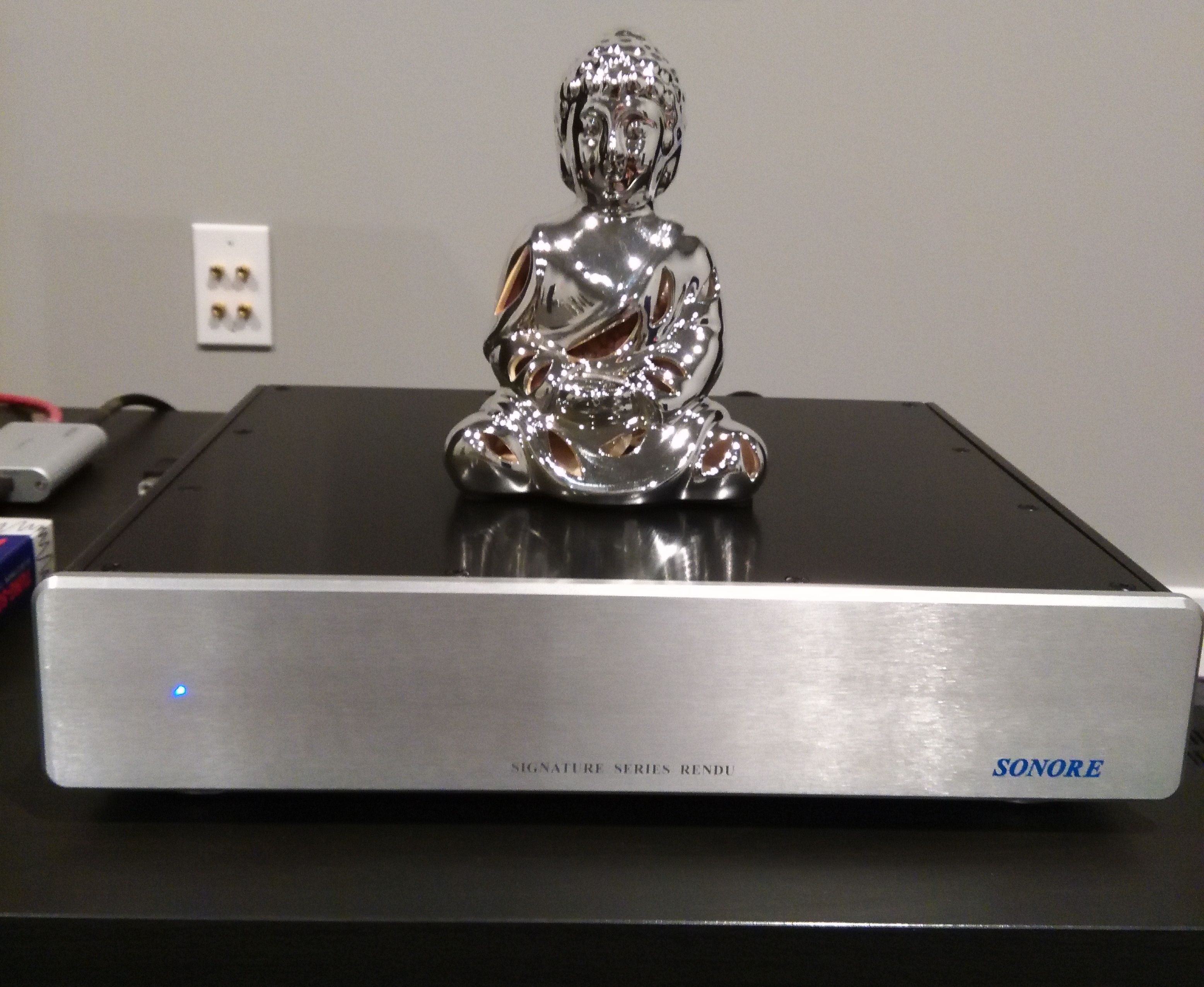 The $1399 Sonore Reference power supply is simply the ne plus ultra of linear power supplies and a truly remarkable piece of equipment. And while the differences between it and the much less expensive CIA unit are not that pronounced right out of the gate, with time, you really begin to see and hear the value in this perfectionist unit. There's a dramatic lowering of the noise floor, and a much more relaxed sense to every aspect of any music I played. Everything sounded more analog and much less digital, and the music presented spatial and timing cues with greater palpability; the realism of anything playing was off-the-charts believable. Of course, this takes the system up to $2K, which is way out of my league, but if your personal finances allow, I'd definitely recommend taking advantage of this superb piece of kit!
The $1399 Sonore Reference power supply is simply the ne plus ultra of linear power supplies and a truly remarkable piece of equipment. And while the differences between it and the much less expensive CIA unit are not that pronounced right out of the gate, with time, you really begin to see and hear the value in this perfectionist unit. There's a dramatic lowering of the noise floor, and a much more relaxed sense to every aspect of any music I played. Everything sounded more analog and much less digital, and the music presented spatial and timing cues with greater palpability; the realism of anything playing was off-the-charts believable. Of course, this takes the system up to $2K, which is way out of my league, but if your personal finances allow, I'd definitely recommend taking advantage of this superb piece of kit!
Prior to my involvement with the microRendu, I'd replaced my computer audio PC at least twice, and then undertook an expensive rebuild with the current unit, with the overall price tag easily exceeding a $1K or more over a period of several years. With JPLAY as my reference music player on the PC, I achieved remarkably satisfying sound, but that was also in combination with Fidelizer, which are both essential to minimizing the intrusion of computer processes and getting the very best from PC playback of digital music files. And they do work—I could easily be perfectly happy with the quality of playback I'm getting via JPLAY, even if (in combination with Fidelizer) it strips your PC's functionality to the bare minimum. In my new setup, the computer is removed from the listening room, and my new android phone serves as the remote to control JPLAY, which is connected to the listening room via a wall-mounted USB keystone jack attached to the PC in the next room. Which makes replay with JPLAY even better now than ever before—but you have to figure into the equation the cost of JPLAY and Fidelizer, which would push my computer audio PC investment upwards by another $200 USD.
With the microRendu's relatively low cost and the current plethora of good power supplies on the market, a satisfying combination could be had for anywhere from around $700-$1000 USD. And at that price, you forego any computer-based noise issues in the room, and you don't have to deal with any of the downsides to employing JPLAY or Fidelizer, which could include any number of issues that will markedly reduce the functionality of your PC. And even though the effects of those programs are completely reversible, the rather tedious process of dancing around them to insure your PC's continued functionality is a serious nuisance nonetheless. I can't begin to tell you how stress-free it is to constantly have ready access to a state-of-the-art, network attached music player, and yet also have my now totally jacked-up, screaming-fast PC free to apply Windows updates as they're released and be in a steady state of readiness for whatever other use I deem necessary.
And the microRendu allows for so many levels of customization with regard to your budget and your system. Roon is a truly amazing suite of software, and I cannot in any way fault it's sound quality, but I do have serious objections to having to put so much effort into overriding Roon's natively preferred metadata for a collection I've spent so very much time carefully curating, and I do object to the excessive cost. I fully understand that it's a far cry from the original cost of a Meridian Sooloos system (Roon's forerunner), but I just don't think it provides the requisite value-to-cost relationship to justify its presence in my system. And I want things the way I want them, and with the microRendu, even though Roon is an almost totally unconscious fit, you can just as easily use MinimServer—which is absolutely free—and completely negate the almost $500 lifetime cost of the Roon subscription. In the microRendu's final iteration in my system, I could find no difference between the sound quality when using Roon or MinimServer, with the biggest real differences coming with the substitution of the power supplies. MinimServer honors all your existing metadata choices. And even if you have the most rudimentary home network setup, you don't even have to go the expense of having a NAS onboard to store your music files, you can simply have an external hard drive with your music library attached to one of your computers. MinimServer will find it on the network to access your library for you. See, the cost keeps going down, down, down!
The microRendu is an amazing product—try finding another streamer that offers so very much for so little $$$, and also offers you the options to take its performance (with your choice of power supplies) from simply outstanding to otherworldly. Software choices for management of your music collection abound, and from my experience, sound uniformly excellent with the mR, whether you choose high-or-low/no cost. And the handful of problems I encountered with the mR were either of my own making, or simply limited to the original defective unit I started out with. In countless hours of searching through forums everywhere on the net, I never found another instance where anyone with a microRendu was experiencing the same noise issue as me. It was a fluke, plain and simple.
Streaming technology is the future of computer audio, and the microRendu is without a doubt on the leading edge of the revolution. Very, very highly recommended!
Sonore microRendu
Retail: $640 USD
Sonore Signature Series Linear Power Supply
Retail: $1399 USD
Sonore
Channel Islands Audio VDC 7 Mk. II Linear Power Supply
Retail: $329 USD
Channel Islands Audio
iFi iPower Ultra Low Noise Power Supply
Retail: $49 USD
iFi Audio
Roon
Retail: $119 USD/year or $499 USD/lifetime membership
Roon Labs
All photographs either taken by me or supplied by the manufacturers.




